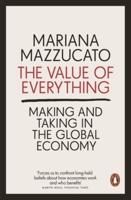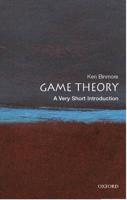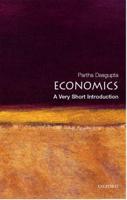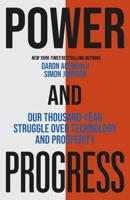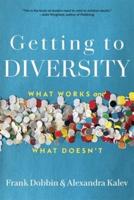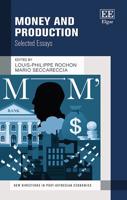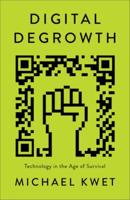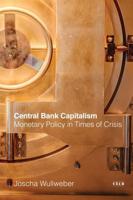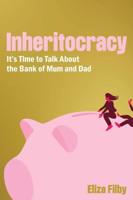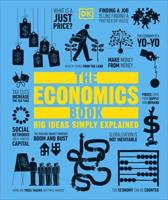Publisher's Synopsis
This important book offers a detailed and analytical reconstruction of the pioneering attempts of Walras and Pareto to coordinate money and general equilibrium theory. It argues that the very logic of the original static general equilibrium model excludes the integration of monetary and value theory.
The book presents for the first time the entire Lausanne tradition from Walras to Pareto. Its detailed coverage of the main literature between 1870 and 1923 contributes to the understanding of a central issue in modern general equilibrium theory, that is, the impossibility of coordinating money and price theory with the logic of Walras's model based on the theory of exchange. It shows how money is prevented from playing its essential role as a social institution in allowing monetary exchanges between individuals. In particular, the discussion focuses on the static nature of Walras's pure economics and the simultaneous lack of a proper means of exchange. In conclusion it calls for some radical re-thinking on this theoretical construction on which much modern economic theory is based.
Money and General Equilibrium Theory will be welcomed by historians of economic thought, microeconomists and general equilibrium and money theorists.

